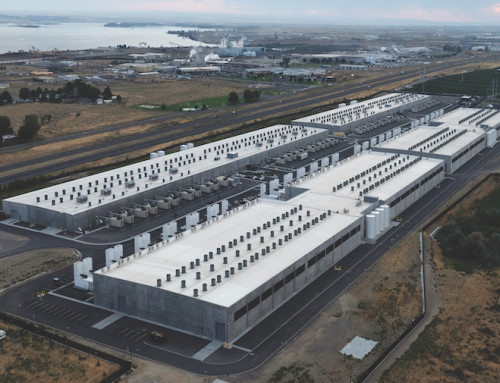WASHINGTON — One major question will be front and center for Federal Reserve policymakers as they prepare for an annual conference in Jackson, Wyo., this week and a crucial policy meeting in September: Which is a bigger problem for the economy right now, stubborn inflation or slower hiring?
Weak job gains since April have pushed some officials toward supporting a cut in the Fed’s key rate as soon as next month, but speeches and comments by other Fed policymakers show that inflation is still a concern.
That could make the Fed’s ultimate move at its Sept. 16-17 meeting a close call. There will be another jobs report and another inflation report before then, and both likely will have a heavy influence the decision of whether to cut or not. The uncertainty also means that Fed Chair Jerome Powell’s speech Friday in Jackson will be closely watched for any clues about next steps.
If Fed officials worry more that unemployment will start to rise and the economy falter, they are more likely to reduce their rate in order lower borrowing costs and spur borrowing and spending. Yet if their concerns grow that inflation will stay high or worsen as tariffs ripple across global supply chains, they will lean more towards keeping borrowing costs high to cool the economy and lower prices. The rate currently stands at 4.3 percent.
Wall Street investors are pretty certain — for now — that the central bank will reduce rates in September, with futures prices putting the odds of a cut at 93 percent, according to CME Fedwatch.
Those odds jumped after the monthly jobs report Aug. 1 showed that hiring was sluggish in July and was much lower than previously estimated in May and June. Average job gains over those three months fell to just 35,000, down from 123,000 a year ago.
Last week’s inflation report, which showed only a mild pickup in inflation at the consumer level and limited signs that tariffs were pushing goods prices higher, underscored the view of some officials that they could put inflation concerns aside and focus on shoring up the job market instead.
“With underlying inflation on a sustained trajectory toward 2 percent, softness in aggregate demand, and signs of fragility in the labor market, I think that we should focus on risks to our employment mandate,” Michelle Bowman, a member of the Fed’s governing board, said.
Yet Austan Goolsbee, president of the Federal Reserve’s Chicago branch, downplayed the weakness in hiring in remarks last week to reporters. The slowdown in job gains could partly reflect the drop in immigration stemming from President Donald Trump’s border crackdown, Goolsbee said, rather than a weaker economy. He also pointed to the still-low unemployment rate of 4.2 percent as evidence that the job market is solid.
The inflation report included some warning signs, Goolsbee added: Prices of many services that aren’t affected by tariffs, such as dental care and air fares, jumped, a sign that inflation may not be in check.








